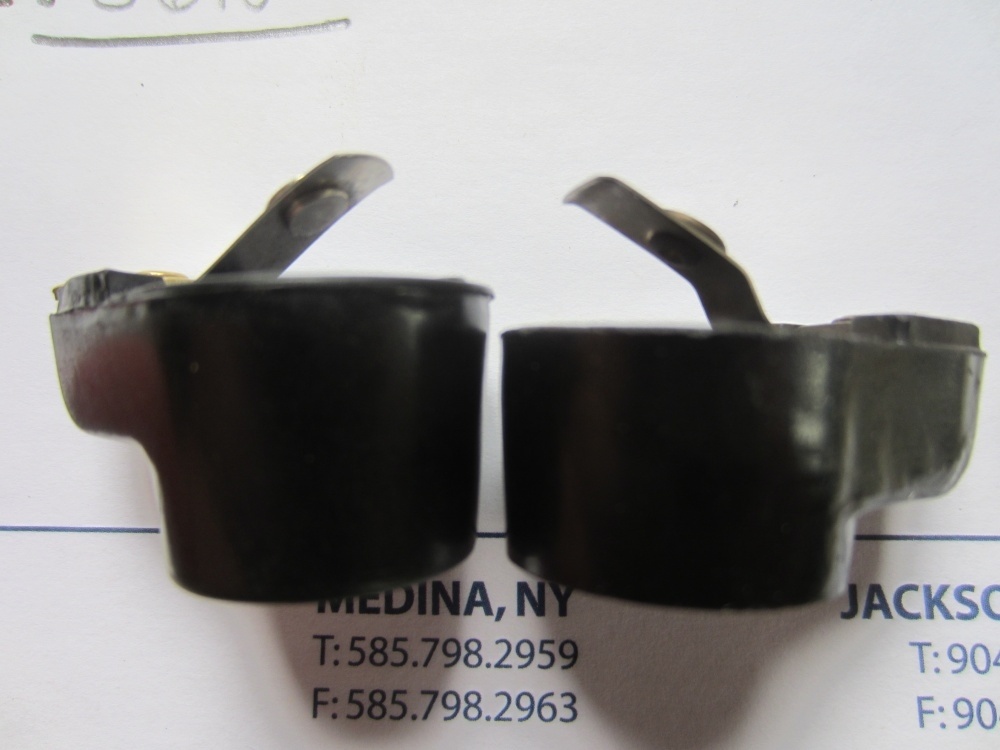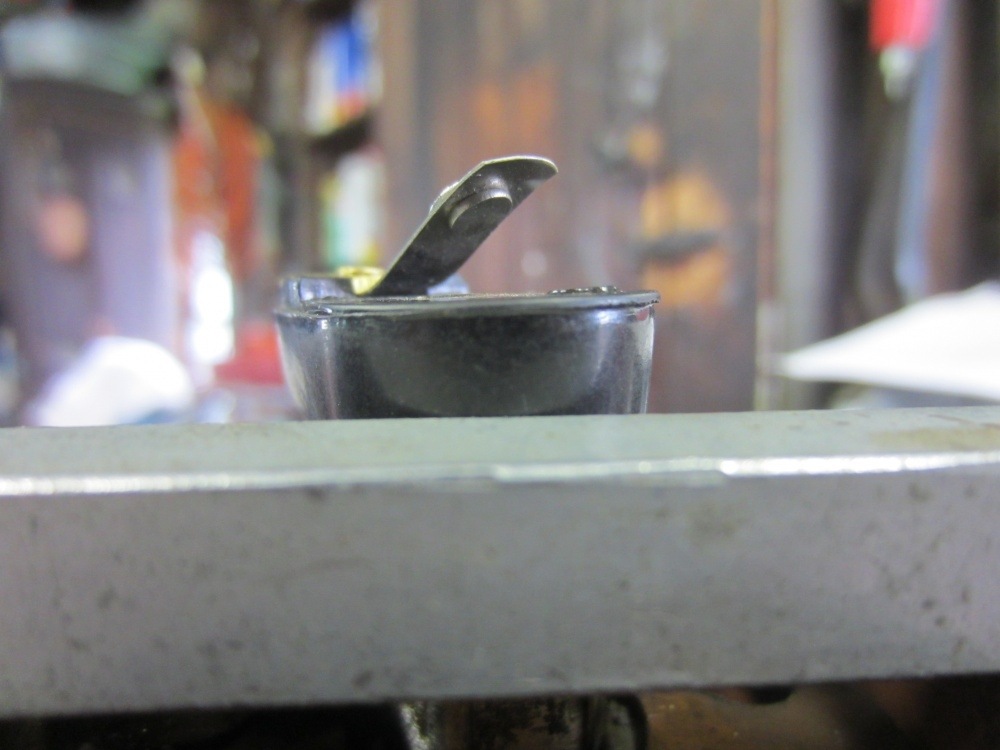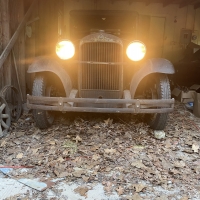35 T running rough
Comments
-
In one of the earlier post Geoff had mentioned "It is not normal for the spring arm contact to be burnt in this manner. I think you will find the center button eroded away, and will need a new distributor cap".
I removed the distributor to check the fit of the new cap and rotor and make some rudimentary measurements to see if the spring contact arm on the rotor would be in contact with the carbon button in the center of the cap. In doing so I see that the original rotor was 0.125 shorter than the replacement I bought. When I put either the old or new cap on with the old short rotor I didn't feel any tension from the spring arm contact. When put the cap on with the new taller rotor I did feel tension from the spring arm contact. Had to push the cap down slight to engage the spring clips that hold the cap in place. Another thing was the old rotor would rock slightly on the dizzy shaft where the new one was a good snag fit with no movement at all.
The caps measured slightly different in height as well. The old cap 1.914, the new cap 1.868. Only 0.046 difference but combined with the 0.125 additional height of the rotor a total of 0.171. So with the new taller rotor and new slightly shorter cap shouldn't have an issue there. Laid a piece of key stock across the distributor housing to show the difference in the rotor heights.
And as far as life time warranty on Snap On tools, ie my compression gauge, that only applies unless they deem the part obsolete in which case it is no longer covered under life time warranty. Not sure how that applies as they still sell compression gauges.
Making small steps as I'm working on a few home projects for the bride.

 0
0 -
With some exceptions, of course.
0 -
And as far as life time warranty on Snap On tools, ie my compression gauge, that only applies unless they deem the part obsolete in which case it is no longer covered under life time warranty. Not sure how that applies as they still sell compression gauges.If the Snap-On is like most, You might try replacing the schraeder valve in the compression tester with a similar one from an old tire valve stem.0 -
I took the Schraeder valves out of each fitting but the are slightly different than ones I have. I’ll check to see if Snap On had their own version0
Categories
- 36.9K All Categories
- 113 Hudson 1916 - 1929
- 20 Upcoming Events
- 92 Essex Super 6
- 28.6K HUDSON
- 574 "How To" - Skills, mechanical and other wise
- 995 Street Rods
- 151 American Motors
- 178 The Flathead Forum
- 49 Manuals, etc,.
- 78 Hudson 8
- 44 FORUM - Instructions and Tips on using the forum
- 2.8K CLASSIFIEDS
- 608 Vehicles
- 2.2K Parts & Pieces
- 77 Literature & Memorabilia
- Hudson 1916 - 1929 Yahoo Groups Archived Photos

